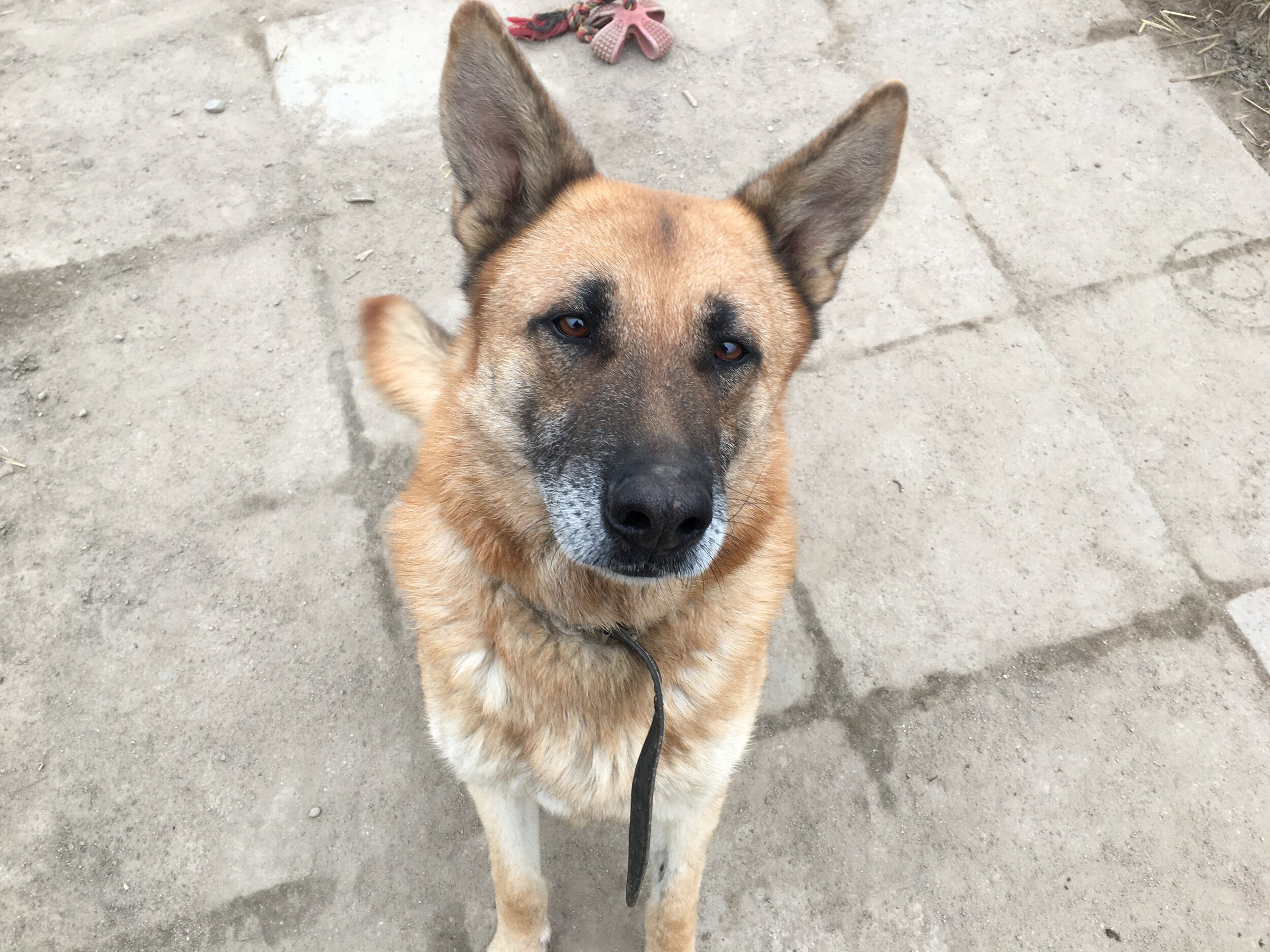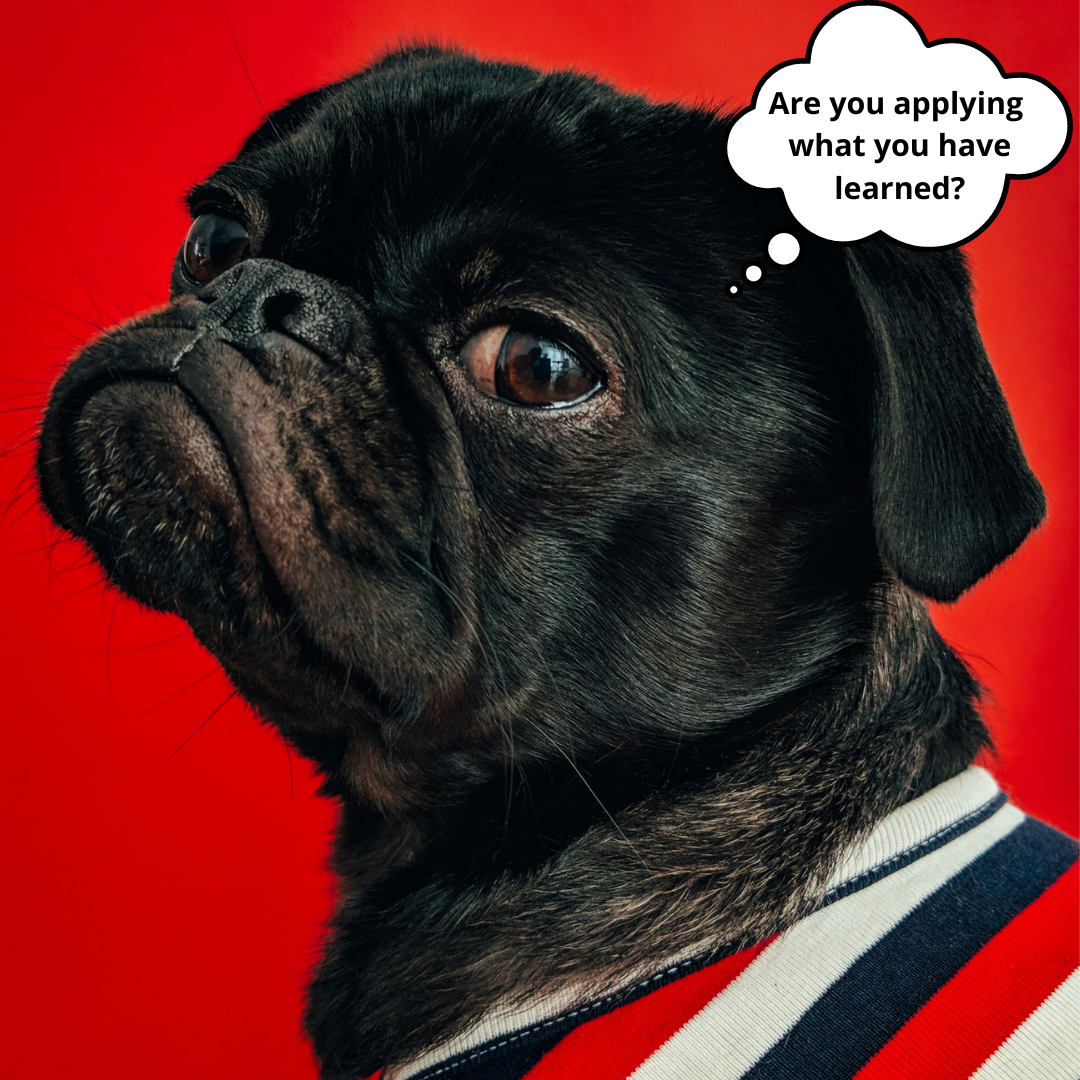Controversial advice - Reinforce unwanted behaviour
Photo by Karsten Winegeart on Unsplash
You might have heard that when unwanted behaviour happens you should never reinforce it. It's true that reinforcement strengthens behaviours but if the behaviour keeps happening, it's already strengthened by something! It can be the case that what you think can help you stop unwanted behaviour will maintain it for longer! How can that look like?
When your dog barks and you think it's about making you give him a treat, you might start telling him to stop or saying "No" firmly. It can even make him stop barking for a second. The problem is, he starts again in no time and the cycle begins again. If the behaviour continues without you giving him the treat, it means that it wasn't maintained by this treat. It's your interaction with him, including all the firm "no's" that maintains it.
Photo by Kacper Chrzanowski on Unsplash
Another example, when your child throws a tantrum to play video games for longer and you don't let him do that, you might think that you haven't reinforced the tantrum. However, if the tantrums happen again, something else is maintaining it over and over. It could be your child's way of getting your attention, even if you're frowning and telling him to stop. It can easily serve as a reinforcer, not as a punisher!
If we were to take the advice of not reinforcing the behaviour, we would have to ignore the dog or the child completely and that includes not saying a single word and also not looking at them! Yes, just eye contact can already serve as a reinforcer!!!! The procedure of ignoring the behaviour is based on removing the reinforcement for previously reinforced behaviour and is called extinction. If we were to use it, we need to be aware of something called an extinction burst. What does it mean? Before the behaviour disappears, you usually see a temporary increase of strength in this behaviour. In other words, it will get even worse before it gets better.
It's incredibly hard to ignore your dog or your child and don't even look at them! The question remains - is it the only available solution? Fortunately, no!
The alternative solution is to teach them what to do instead to get our attention.
But what to do when the behaviour happens before you taught the alternative? My answer is - reinforce it quickly! I know - it sounds ridiculous but hear me out! It's not that all we reinforce is the last behaviour before the reinforcement appears. We can easily reinforce the whole sequence (or a chain) and all the behaviours that preceded it. In other words, if you allow the dog to bark for 15 min, he stops for 5s and then you reinforce, you might just have taught him to next time bark for 15 min and stop for 5s to get reinforced. It's not just the last thing that matters, behaviours that happened before it can also come back. If you reinforce quickly, you at least prevent from increasing the duration of the bad behaviour.
Image by Mat Coulton from Pixabay
Is that the whole solution and the only thing that you do? Of course not! It's just a temporary fix that buys you time to work on the behavioural change. If you leave it at this stage, you will definitely get barking more often! That's not what I'm suggesting. Instead, it's about finding ways of encouraging the behaviour that you want to see. The first thing to consider is rearranging the environment. If your dog barks at the sight of dogs through the window, block the view. If your dog barks at the sound of your neighbours walking by, block out the sounds by ambient noise. Encourage more quiet time to get more opportunities to reinforce it. If your dog barks at you to get your attention, notice when he is more likely to do it and next time offer him attention before he even starts barking. Teach him a calm way to get your attention first and then gradually increase the time of this calm behaviour before you reinforce it with your attention.
There is something in the environment that is encouraging the behaviour and something that maintains it. Your dog also lacks a certain skill, he only knows one way to get certain reinforcer. We can teach this missing skill, firstly in a different environment and then gradually add the environment that was eliciting the problem behaviour in the first place. During the gradual exposure, if the behaviour happens again, I also don't see any problem with reinforcing it quickly but then you need to go back a step and make sure it doesn't happen again. Go slowly and through careful environmental arrangement eliminate (or at least reduce) the problem behaviour. Changing behaviour is about building new skills and teaching that with those skills the dog (or the child) will get access to the reinforcement.
Photo by Per Lööv on Unsplash
Many of the problem behaviours are a product of unintentional reinforcement that comes at the wrong time. It's better to change the timing, keep the behaviour short and put more intention into all of your interactions with your dog. Remember, it's not just during a training session that your dog learns. He learns all the time so don't miss an opportunity to teach him what you want to see from him.














I'm feeling great and I prioritise health. I don't feel better than anyone else! I can enjoy feeling good about myself and hope for everyone else to enjoy themselves too. I believe that happiness is not something you achieve, it's something you DO. I'm choosing habits for happiness and I do them every day. I hope you can join me and start to seek happiness every day.